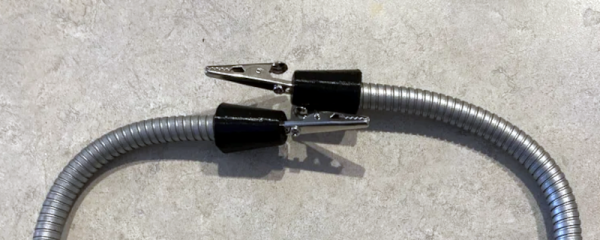Soldering, for those of us who spend a lot of time at an electronics bench, is just one of those skills we have, in the way that a blacksmith can weld or a tailor can cut clothing. We have an uncommon skill with hot metal and can manipulate the tiniest of parts, and incidentally our chopstick skills aren’t that bad as a consequence, either.
But even the best with a soldering iron can find useful tips from an expert, and that’s where [Mr SolderFix] comes in. His channel is chock-full of soldering advice, and in his latest video he takes a look at tweezers. They’re a part of the solderer’s standard kit and we all have several pairs, but it’s fair to say that we don’t always have the right pair to hand.
It was refreshing to hear him confirm that a good pair of tweezers, once a certain quality threshold has been met, need not necessarily be the most expensive set. We’ve certainly seen expensive tweezers with suspiciously bendy ends, and have found random AliExpress purchases which have stood the test of time. He also makes the point about which situations a set of tweezers with serrated heads might be more useful, and he demonstrates with a crystal oscillator.
As with photography though, we’d observe that sometimes the best set of tweezers to rectify a mishap are the ones in your hand. If you’re interested in more from [Mr SolderFix], we’ve featured his work more than once in the past. When he showed us how to lift SMD pins, for example.












